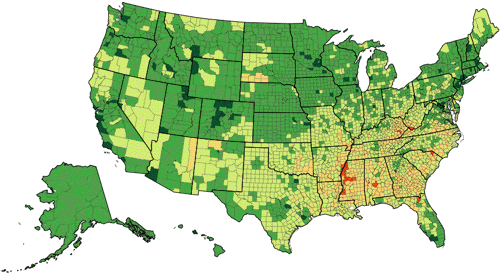 When Rachel Hewitt’s Map of a Nation was published in the U.K. in 2010, I despaired of ever being able to lay hands on a copy easily. A book documenting the first century or so of the history of the Ordnance Survey, Britain’s national map-making body, is not likely to have much commercial potential outside Britain:
When Rachel Hewitt’s Map of a Nation was published in the U.K. in 2010, I despaired of ever being able to lay hands on a copy easily. A book documenting the first century or so of the history of the Ordnance Survey, Britain’s national map-making body, is not likely to have much commercial potential outside Britain: no surprise that a U.S. edition has not come out. [Update: A paperback edition became available in the U.S. in 2013, after this review was posted.] But I recently discovered that, like at least one other book otherwise unavailable on this continent, it is available to North Americans as an ebook (and has been for a year: see how observant I am). So spent the $10, downloaded it to my Kindle, and settled in to read a book I’d heard about for years but didn’t imagine I’d be able to lay hands on without some effort.
Inasmuch as a history of field surveying and copper-plate engraving can be made anything other than dull, Hewitt has managed to produce a narrative that fairly crackles with interest. She starts at the bloody Battle of Culloden, not only as a way of setting the stage for the Military Survey of Scotland, a predecessor to the OS, but also as a rationale for mapping the whole of Britain’s territory in the first place. From there we’re led through the Scottish Highlands, joint French-British observations to measure the distance between their observatories, the triangulation of Britain and the survey of Ireland. The narrative closes with the publication of the last maps of the First Series and the expansion of the OS’s works into city maps. Along the way we get glimpses into the equipment used in the survey, such as the theodolite, and the mapmaking process; there’s a lovely section on how the OS dealt with Irish placenames, and digressions into art and poetry.
It does read a bit traditionally, in the sense that it is an institutional history seen through the lens of those in charge. It’s a history of those making the maps; the impact of those maps is less thoroughly covered. And if you ask me, it ends too soon—just as the OS is getting started. A lot more could still be written, I think.
Previously: Forthcoming History of the Ordnance Survey; Map of a Nation: Hewitt’s History of the Ordnance Survey Is Now Available.
Amazon (Canada, UK) | Apple Books

